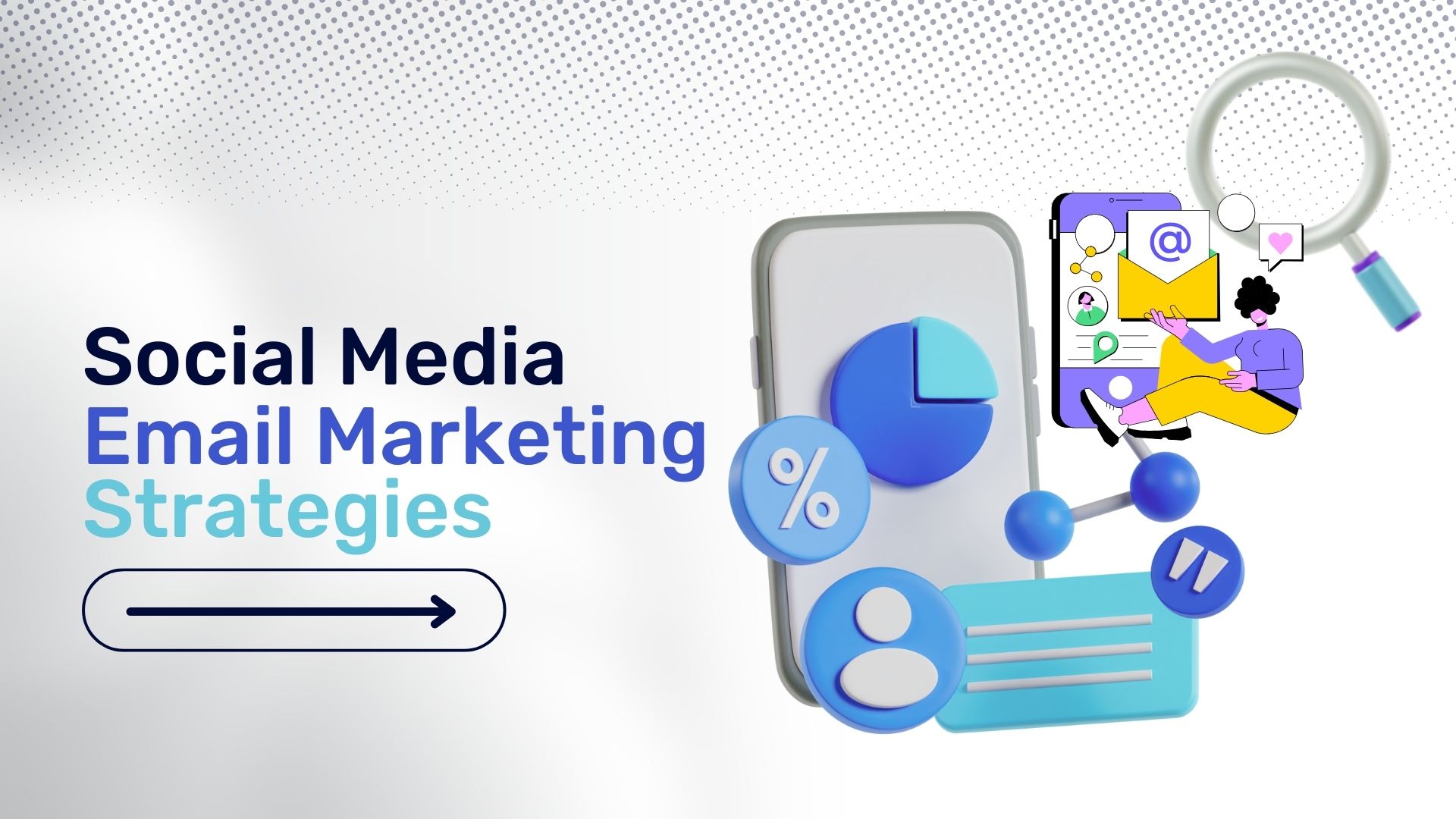Why CRM is Strategic: The Salesforce View
Salesforce continues to grow as its customers find value in the Software-as-a-Service (SaaS) vendor's platforms.
Salesforce reported its third quarter fiscal 2018 results on November 27, with revenue coming in at $3.39 billion, up 26 percent year-over-year. Looking ahead to the fourth quarter, Salesforce provided revenue guidance in the range of $3.551 Billion to $3.561 Billion.
“CRM has never been more strategic,” Marc Benioff, Salesforce CEO, said during his company's earnings call. “You could see that in the growth rates for the CRM marketplace, and it remains the fastest-growing market segment in enterprise software.”
“A lot of companies are doing very well, because this is what it’s all about — it’s all about the customer — and Salesforce remains the global CRM leader,” Benioff added.
Customer 360
Still, Salesforce is not just resting on its laurels. It is also actively building new services for customers. Among them is Customer 360, which was launched at the recent Dreamforce event. Benioff said Customer 360 connects all of the Salesforce Cloud capabilities together, providing Salesforce's customers with a single 360-degree view of their customers across every touch point, across sales, service, marketing and commerce.
Bret Taylor, president of products, said that with Customer 360, organizations get a single view of customers through all the touch points.
“Our strategic advantage, relative to competitors trying to catch up by acquiring the second place product in each of the spaces, is that we are an integrated solution,” Taylor said. “Our customers are looking for an integrated solution to their business problems, not just pieces of technologies, and that’s our strategic advantage in our product portfolio.”
Keith Bock, co-CEO of Salesforce, took a more biblical view of the evolution of the Salesforce portfolio.
“So, first in the beginning of time, there was the Service Cloud. Right? Then, on the seventh day, God created something else, and said it was Financial Services Cloud, and then Financial Services Cloud started on to wealth management, and then it went from wealth management to retail banking, then it went to consumer banking, and then it would go to commercial banking, and the list will go on and on,” Bock said. “We're responding to our customers in these industries by providing very rich functionality that is specific to what those customers are looking for, and that's been the strategy.”
Sean Michael Kerner is a senior editor at EnterpriseAppsToday and InternetNews.com. Follow him on Twitter @TechJournalist.

Sean Michael is a writer who focuses on innovation and how science and technology intersect with industry, technology Wordpress, VMware Salesforce, And Application tech. TechCrunch Europas shortlisted her for the best tech journalist award. She enjoys finding stories that open people's eyes. She graduated from the University of California.

